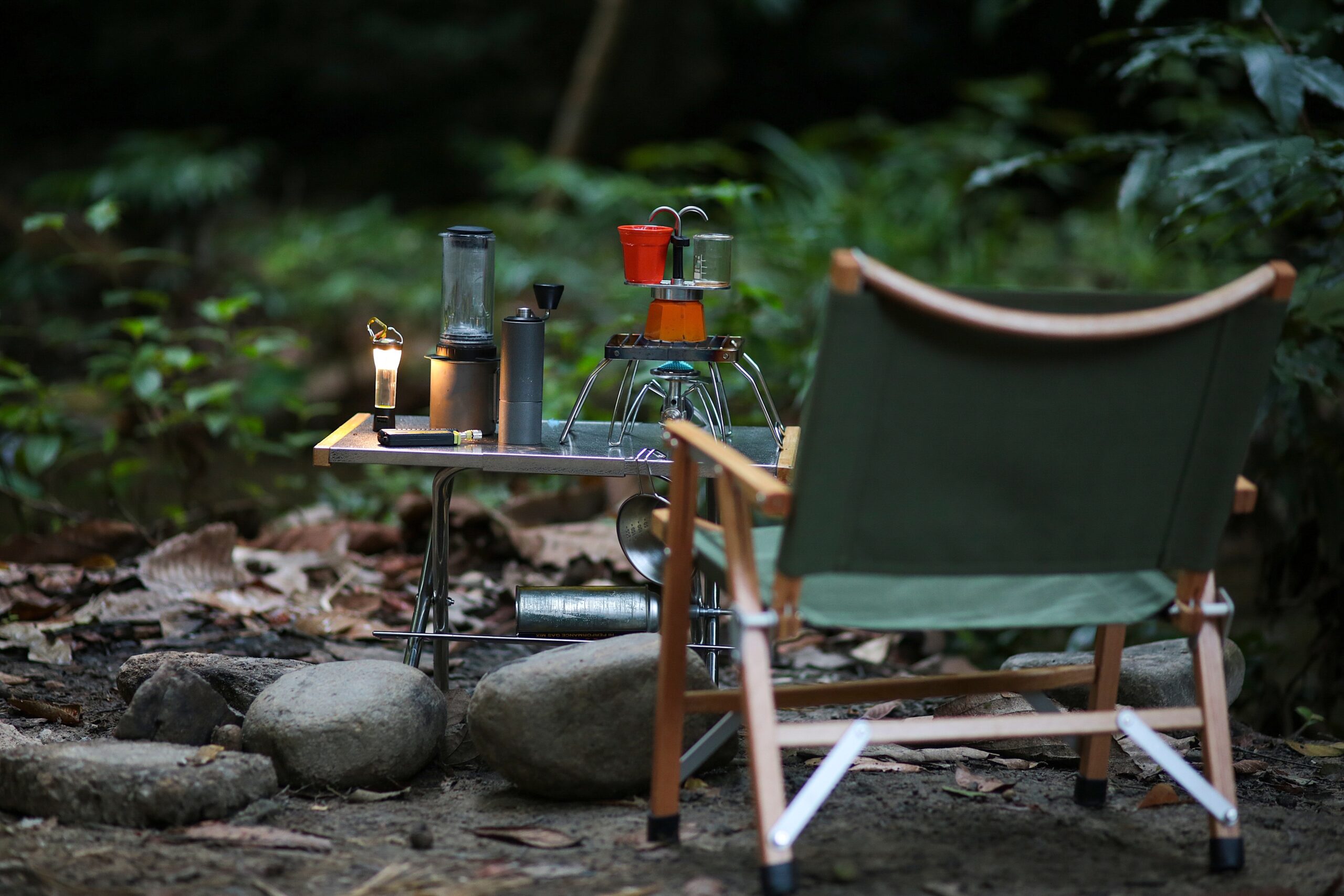The Rise of Modern Mobility Aids
In today’s fast-paced world, mobility aids have evolved beyond mere functional tools into stylish accessories that cater to both aesthetic and practical needs. Modern mobility aids are designed with a focus on user comfort, ease of use, and innovative design. This shift is driven by a growing demand for products that not only support physical needs but also reflect personal style.
Modern mobility aids come in various forms, including walking canes, crutches, and walkers, each offering unique features tailored to specific needs. The integration of technology, such as adjustable height mechanisms and ergonomic grips, has enhanced the usability of these aids. Moreover, the use of lightweight materials like carbon fiber and aluminum ensures that these devices are both durable and easy to handle.
One notable trend is the customization options available, allowing users to choose colors and patterns that match their personal style. This personalization aspect has turned mobility aids into fashion statements, breaking the stigma often associated with their use. As a result, individuals can maintain their independence and mobility without compromising on style or comfort.
Stylish Walking Canes: A Blend of Tradition and Innovation
Walking canes have long been associated with elegance and sophistication, often seen as symbols of authority and charm. In recent years, designers have reimagined these traditional aids, infusing them with modern flair and functionality. Stylish walking canes now serve as both supportive devices and fashion accessories, appealing to a wide range of users.
Today’s walking canes are available in a plethora of designs, from classic wooden finishes to contemporary metallic styles. They often feature ergonomic handles that provide a comfortable grip, reducing strain on the hands and wrists. Some canes are equipped with advanced features such as LED lights for nighttime visibility and foldable designs for easy storage.
For those seeking a touch of luxury, canes adorned with intricate carvings or precious metals are available. These high-end options cater to individuals who wish to make a statement while maintaining their mobility. The versatility and style of modern walking canes make them a popular choice for anyone looking to combine functionality with elegance.
Ergonomic Support Devices: Prioritizing Comfort and Health
Ergonomic support devices are specifically designed to provide optimal comfort and reduce the risk of injury. These devices are crucial for individuals who require long-term support due to conditions such as arthritis, joint pain, or post-surgery recovery. The focus on ergonomics ensures that these aids offer maximum support while minimizing discomfort.
Key features of ergonomic support devices include adjustable height settings, cushioned grips, and shock-absorbing tips. These elements work together to distribute weight evenly, reducing pressure on the user’s joints and enhancing overall stability. Additionally, many devices are designed to encourage proper posture, which is essential for preventing further health complications.
Ergonomic aids are not limited to walking devices; they also include seating solutions, braces, and cushions that support various parts of the body. The emphasis on user-friendly design and health benefits makes these devices an essential part of modern mobility solutions, ensuring that users can maintain their independence comfortably and safely.
Comparing Mobility Aids: Finding the Right Fit
Choosing the right mobility aid involves considering several factors, including the user’s physical condition, lifestyle, and personal preferences. With a wide array of options available, it’s important to compare different types of aids to find the one that best meets individual needs.
Walking canes are ideal for those who require minimal support and prefer a lightweight, portable option. They offer a balance of style and functionality, making them suitable for everyday use. On the other hand, walkers and rollators provide more stability and are better suited for individuals with significant mobility challenges.
When selecting a mobility aid, consider the following:
- Weight capacity and adjustability
- Ease of use and portability
- Design and aesthetic preferences
- Additional features such as storage compartments or seating options
By evaluating these aspects, users can make informed decisions that enhance their mobility and quality of life.
Conclusion: Embracing Mobility with Style and Comfort
Modern mobility aids have transformed from purely functional devices into stylish and ergonomic solutions that cater to a diverse range of needs. Whether it’s a sleek walking cane or an advanced ergonomic support device, these aids offer a blend of comfort, style, and practicality.
For those who require mobility assistance, the variety of options available ensures that they can maintain their independence without sacrificing personal style. By embracing these modern solutions, individuals can enjoy greater freedom and confidence in their daily lives.





